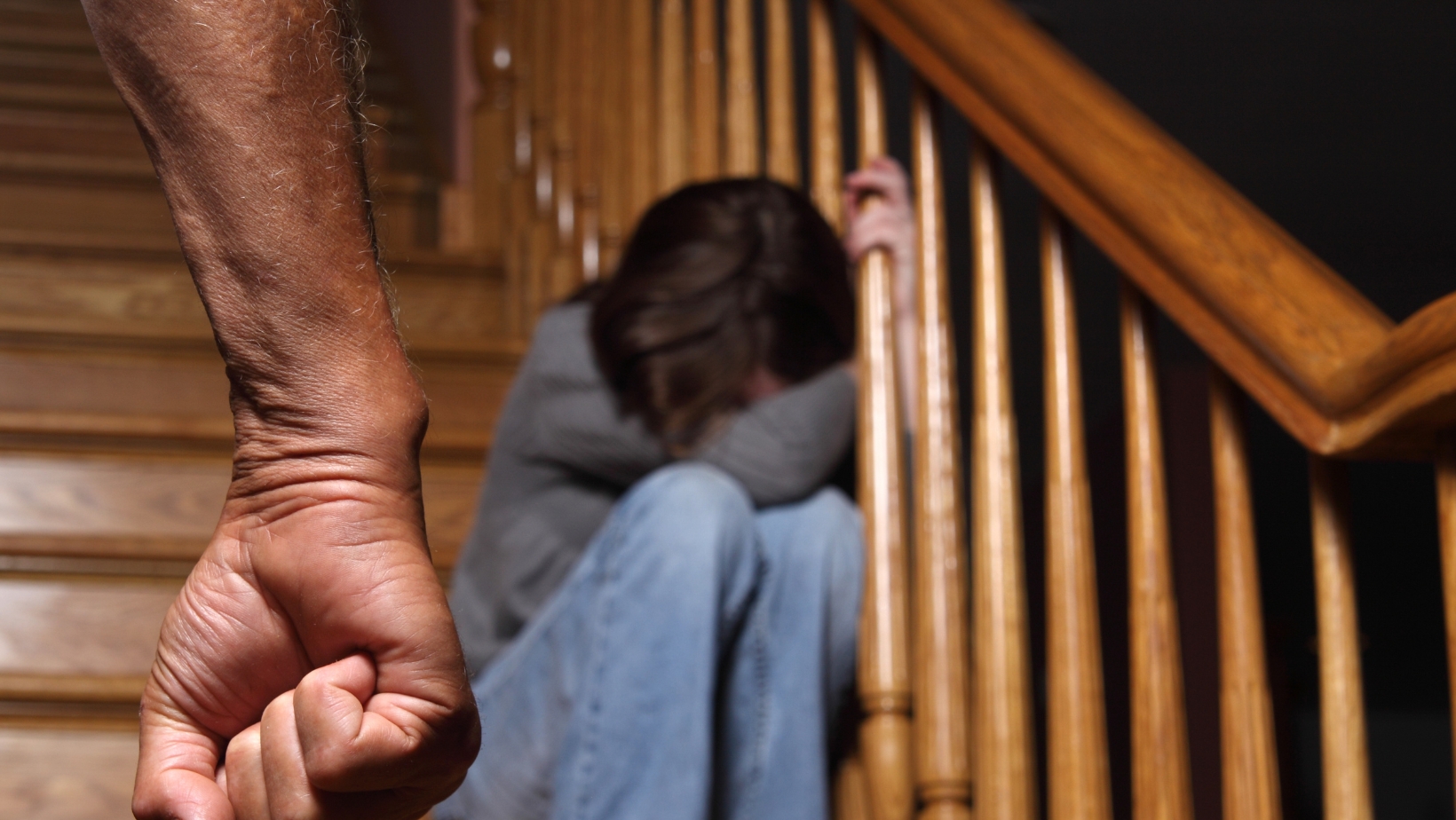
 Growing up, I witnessed firsthand the devastating impact that negative changes in family life can have. It’s a heartbreaking reality that these changes often lead to abuse. In this article, I’ll delve into the deep-rooted connection between negative family dynamics and the alarming rise in abuse cases. From the breakdown of communication to financial strain and substance abuse, we’ll explore the factors that contribute to this distressing cycle. By shedding light on this issue, we can begin to understand the importance of nurturing healthy family relationships and working towards preventing abuse before it occurs. So, let’s dive in and uncover the truth behind this troubling phenomenon.
Growing up, I witnessed firsthand the devastating impact that negative changes in family life can have. It’s a heartbreaking reality that these changes often lead to abuse. In this article, I’ll delve into the deep-rooted connection between negative family dynamics and the alarming rise in abuse cases. From the breakdown of communication to financial strain and substance abuse, we’ll explore the factors that contribute to this distressing cycle. By shedding light on this issue, we can begin to understand the importance of nurturing healthy family relationships and working towards preventing abuse before it occurs. So, let’s dive in and uncover the truth behind this troubling phenomenon.
Negative Changes in Family Life Always Leads to Abuse.
Definition of Negative Changes in Family Life
Negative changes in family life refer to any significant shifts or disruptions that occur within the dynamics of a family unit, leading to a deterioration in its overall well-being. These changes can range from minor disagreements and misunderstandings to more serious issues such as breakdowns in communication, financial strain, and substance abuse. While not all negative changes in family life result in abuse, there is often a correlation between these changes and an increase in the likelihood of abusive behaviors.
Types of Negative Changes in Family Life
- Breakdown of Communication: Effective communication is the foundation of any healthy family relationship. However, when communication breaks down, misunderstandings and conflicts are more likely to arise. This breakdown can occur due to a variety of reasons, including high levels of stress, unresolved conflicts, or a lack of proper communication skills. Without open and honest communication, family members may feel unheard, misunderstood, or isolated, which can contribute to an unhealthy and potentially abusive environment.
- Financial Strain: Financial difficulties can put immense pressure on a family, leading to strained relationships and heightened stress levels. When families struggle to meet their basic needs or face significant economic challenges, tensions can rise, and individuals may become desperate or frustrated. Financial strain can cause family members to lash out at one another, engage in power struggles, or even resort to abusive behaviors as a result of overwhelming frustration or anger.
- Substance Abuse: Substance abuse within the family unit can have devastating consequences on the overall well-being and dynamics of the family. Drug or alcohol addiction can impair judgment, fuel aggression, and lead to unpredictable and destructive behavior. Substance abuse can erode trust, create instability, and exacerbate other negative changes within the family. The presence of addiction often amplifies the risk of abuse, as individuals under the influence may become physically or emotionally abusive towards their family members.
It is important to note that these types of negative changes in family life are not mutually exclusive and often coexist, intensifying the toxic environment within a household. While these changes do not always lead to abuse, they can create a fertile ground for its occurrence. By understanding and recognizing these negative changes, we can take proactive steps to mitigate their impact and work towards nurturing healthier family relationships.
 Warning Signs of Abuse
Warning Signs of Abuse
Physical Evidence
When negative changes in family life occur, it is essential to be aware of the warning signs of abuse. Physical evidence can serve as an indication that abuse may be taking place within the family. Here are some common indicators to watch out for:
- Unexplained injuries: Bruises, cuts, burns, or other injuries that cannot be explained or do not align with the individual’s explanation.
- Frequent or recurring injuries: Multiple injuries over a period of time, especially if they are happening in different stages of healing.
- Inconsistent explanations: Contradictory or hazy explanations for the injuries provided by the individual or family members involved.
- Fearful or defensive behavior: Individuals who become visibly anxious, nervous, or defensive when their injuries are mentioned or questioned.
- Inappropriate clothing: Wearing clothes that aren’t seasonally appropriate, such as long sleeves or turtlenecks to cover bruises or marks.
Behavioral Indicators
In addition to physical evidence, paying attention to behavioral changes can also help identify potential abuse within the family. Here are some behavioral indicators to look out for:
- Withdrawal and isolation: Social withdrawal, avoiding family gatherings or events, or isolating themselves from friends and loved ones.
- Changes in personality: Sudden and drastic shifts in personality, such as becoming more fearful, anxious, or depressed.
- Avoidance of specific topics or locations: Regularly avoiding discussions about their family or displaying extreme anxiety about specific locations, such as their own home.
- Controlled or regulated behavior: Individuals who are constantly monitored, told what to do, or display signs of being excessively controlled by their family members.
- Signs of substance abuse: Increased substance abuse, such as excessive drinking or drug use, as a way to cope with the stressful or abusive environment.
It is crucial to remember that these warning signs do not guarantee abuse is occurring but rather serve as red flags for potential abuse within a family. If you suspect abuse, it is important to take appropriate measures to ensure the safety and well-being of everyone involved. Receive world class addiction treatment in beautiful Palm Beach Florida at Synergy Sobriety Solutions.












